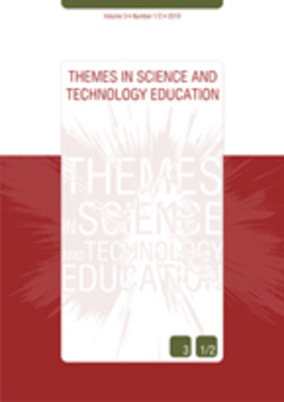Telepresence : A ‘real’ component in a model to make human-computer interface factors meaningful in the virtual learning environment
Part of : Themes in science and technology education ; Vol.2, No.1-2, 2009, pages 31-58
Issue:
Pages:
31-58
Abstract:
A thorough review of the research relating to Human-Computer Interface (HCI) form and content factors in the education, communication and computer science disciplines reveals strong associations of meaningful perceptual “illusions” with enhanced learning and satisfaction in the evolving classroom. Specifically, associations emerge between spatial illusions (sensory space) and low-level learning objectives, e.g., memorization; and social illusions (interaction) and high-level learning objectives, e.g., evaluation. What are glaringly absent, however, are measures to define and associate the factors of the technologically advanced Virtual Learning Environment (VLE) with the illusions and levels of learning. The researchers detail the factors associated with the communication concept “telepresence” (“presence”) that is particularly relevant to the illusions in the VLE. Through a synthesis of the literatures and extensive research at a N.Y. school, they create and test presence technology guidelines, measures, and learning assessments to enhance illusions, learning and satisfaction in the VLE (Selverian, 2005).
Subject:
Subject (LC):
Notes:
Appendix A: VLE Presence Technology GuidelinesAppendix B: VLE Presence QuestionnaireAppendix C: VLE Learning Assessment Example




